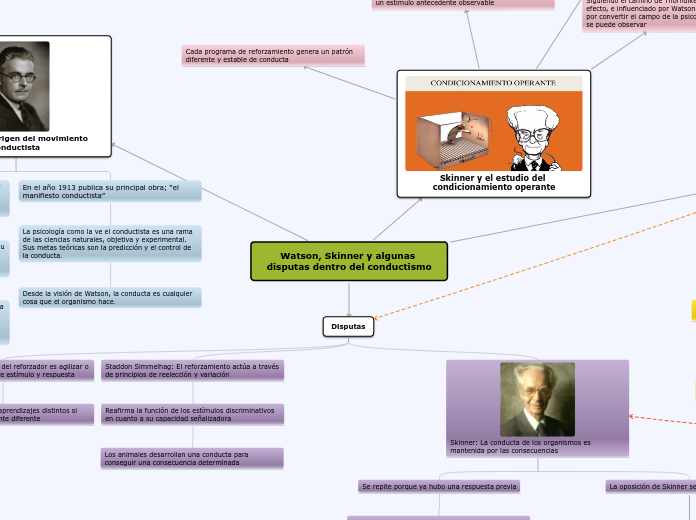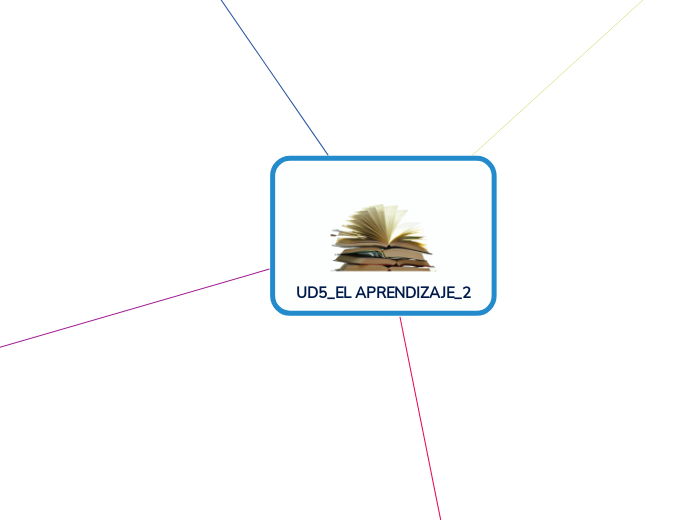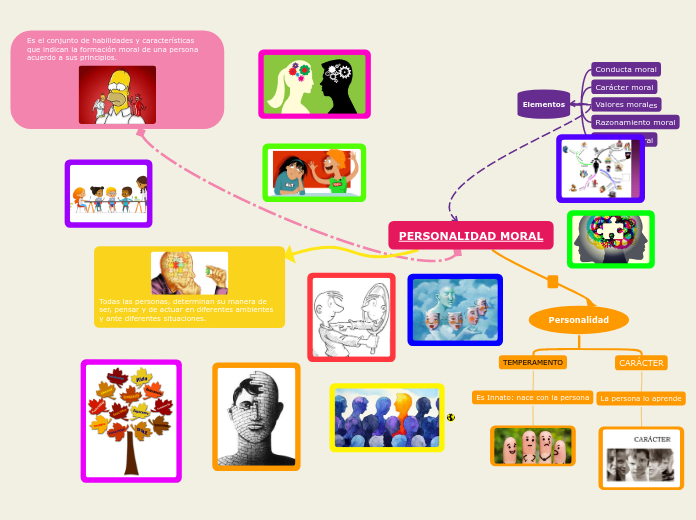MODELO PSICOANALITICO
To name your story, you have to think about the overall message and what you want your audience to understand from the story. Also, make it relevant and easy to remember.
ESQUEMAS DEL APARATO PSIQUICO
SEGUNDA TÓPICA
SUPER YO
Critica las funciones mentales, guarda las reglas y normas. se ubica en el preconsciente
YO
ELLO
Analiza y realiza mandatos para mantener una adaptación estable. se ubica en el consciente
Expresa el instinto biológico, se ubica en el inconsciente, y casi siempre se expresa mediante la impulsividad
PRIMERA TÓPICA
INCONCIENTE
Guarda las emociones reprimida.
PRECONCIENTE
Se expresa mediante el lenguaje, conocimiento expresado en base a procesos mentales
Nos damos cuenta de las acciones y emociones de nuestra realidad, en vigilia constantemente
INSTINTOS
DE MUERTE (THANATOS)
La muerte es vista como una decision propia
Intencion de morir,
DE VIDA (EROS)
Libera tensión mediante actos sexuales
Desarrollo humano
Libido
Supervivencia
MÉTODO DE ESTUDIO
INTERPRETACIÓN DE LOS SUEÑOS
La secuencia de sucesos del sueño (con escenarios y procesos)
La interacción del soñador
Las figuras en el sueño
Saber las acciones del soñador en el sueño
Expresión de los deseos mas profundos, acceso al inconsciente.
ASOCIACIÓN LIBRE
El paciente debe estar cómodamente recostado, mirando hacia la pared.
Ideas asociadas unas con otras
Los contenidos de su inconsciente guían sus ideas
Método para hacer que algunos aspectos de las ideas y recuerdos que resulten demasiado traumáticos para poder ser accesibles por la consciencia puedan ser revelados.
HIPNOSIS
CARACTERISTICAS
Sirve para
Calmar a una persona
Encontrar soluciones a problemas y preocupaciones
Cambiar hábitos y comportamientos no deseados
Liberar el potencial
Técnica natural y eficaz para acceder a la mente subconsciente
Se caracteriza por la sumisión
Por el que lo provoca
Terapeuta
De la persona
Se logra por sugestión
ANTECEDENTES
ANSIEDAD
resultado de
La libido inadecuada o descargada incorrectamente
Instintos sexuales reprimidos
INTERES
INCONSCIENTE
CONSCIENTE
La sexualidad en la niñez
PRIMEROS ESTUDIOS
Afectado por variadas manifestaciones de los instintos sexuales y su importancia en las primeras experiencias de la vida.
ORIGEN
Francia a finales del siglo XVIII
La hipnosis
Charcot
OBJETIVO
The ending of a story is essential. We all know that if the ending is weak, what happened before loses its importance. So make it unpredictable, but fair. A resolved ending answers all the questions and ties up any loose threads from the plot.
Ofrecer una solución a los problemas actuales de la persona.
This is the moment when the main character surpasses the last obstacle and finally faces their greatest challenge.
The climax usually follows one of these patterns:
- realization
- resolution
- choice
Type in your answer.
Por medio del análisis
A través de los recuerdos inconscientes
OBJETO DE ESTUDIO
The middle of the story is where you add layers of complications that will lead to the end. Reveal more about the character's journey. Did their personality go through changes? How did they overcome the challenges? And as you build up the story’s central conflict, make it more personal to that character. Also, from the middle act, you have to lead into the final act.
Lo constituye
There wouldn't be any tension and excitement in your story if there weren't any obstacles in your character's way.
Para el proceso de construcción del aparato psíquico
La comprensión de los contenidos inconscientes de la conducta humana
DEFINICIÓN
In the beginning of the story (or the exposition), you will need to introduce the setting and characters. You might also want to introduce the main conflict. This part of the story is important because it gives the reader necessary background information and maybe even a first insight into a character’s personality.
Este modelo propone
Characters are essential to a good story. Usually, the protagonist(s) is/are the most affected by the plot. Introduce a character by focusing on their actions, interests, and occupation, as the physical appearance doesn't make a difference in most cases.
Las causas de la conducta están dentro del individuo
La existencia de una vida intrapsíquica dinámica
Los procesos psíquicos son originalmente inconscientes y que algunos de ellos consiguen alcanzar la conciencia
Type in the name of your character.










